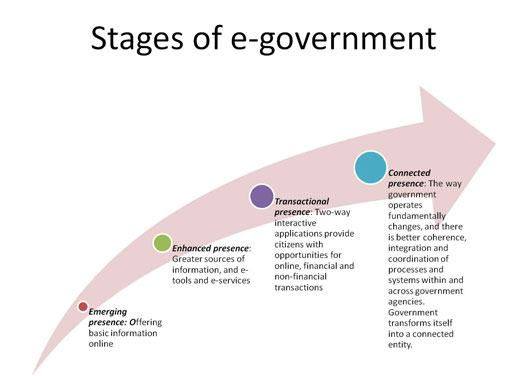Internet Plus drives governmental reform, innovation

The final stage of e-government assumes that horizontal connections (between government agencies) as well as vertical connections (among central and local government agencies) are in place, and that a supporting infrastructure of e-government is in place, with full interoperability.
The mode of “Internet Plus Based E-government Service” denotes a process in which the government employs Internet technologies, ideas and resources to achieve innovation in governance.
This not only entails simply connecting the basic two factors—Internet Plus technology and e-government service—but also achieving synergy between the two and the reproduction of government genes. This process brings about the reshaping of public products and administrative services provided by the government.
The fact that the Internet is multi-dimensional means, not merely the medium by which information is transmitted but also the combination of technologies, ideas and resources.
The connotation of today’s Internet has been expanded to the sectors of mobile Internet, Internet of Things, cloud computing, Big Data, artificial intelligence, virtual reality and other domains of core information and communication technologies. Therefore, the traditional mode of administration-oriented e-government service needs to be transformed into an Internet-oriented one that stresses customization and technological innovation.
In addition, the fusion and integration of administrative and social resources is paramount for optimizing e-government services. The social resources available for the government to mobilize can be divided into three categories: information providers, platforms and entities, such as search engines, social media and instant messaging; data resources, including demand, transaction, location and social interaction data, and tools, including payment and network security tools.
The strategic implication of the mode of “Internet Plus Based E-government Service” lies in two aspects: Internet technologies, ideas and resources allow the public to be more actively engaged in the administrative services, driving the government to reform its administrative system and adjust itself in reaction to the changes of social environment. At the same time, governance reform could improve the overall competitive edge of the country underpinned by advantageous Internet Plus technology.
